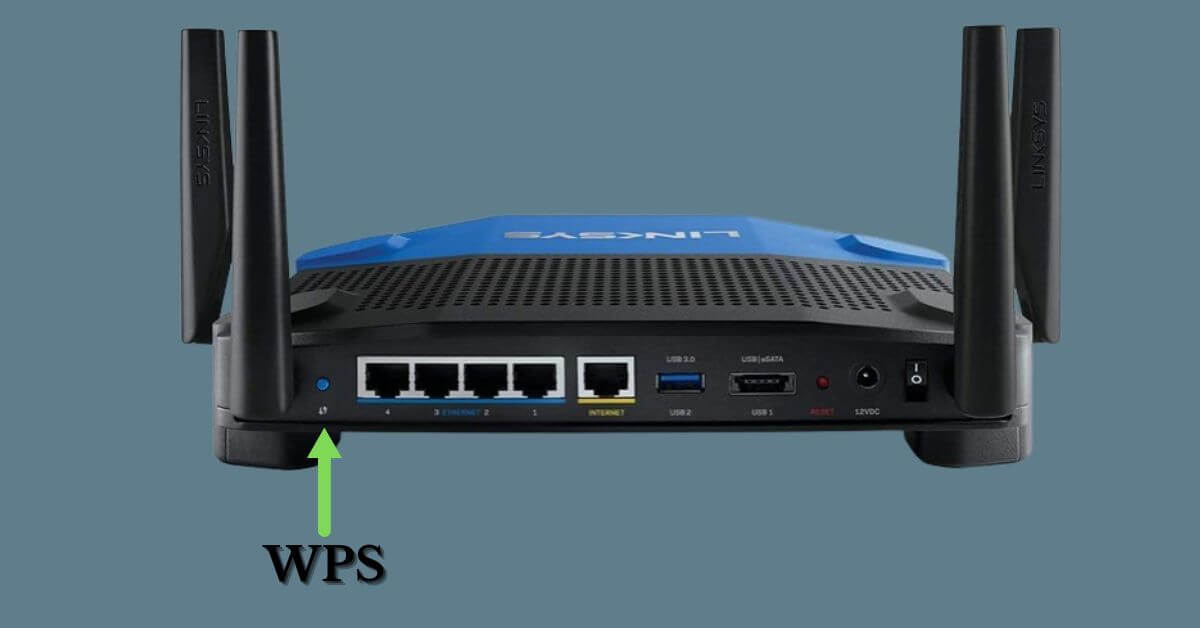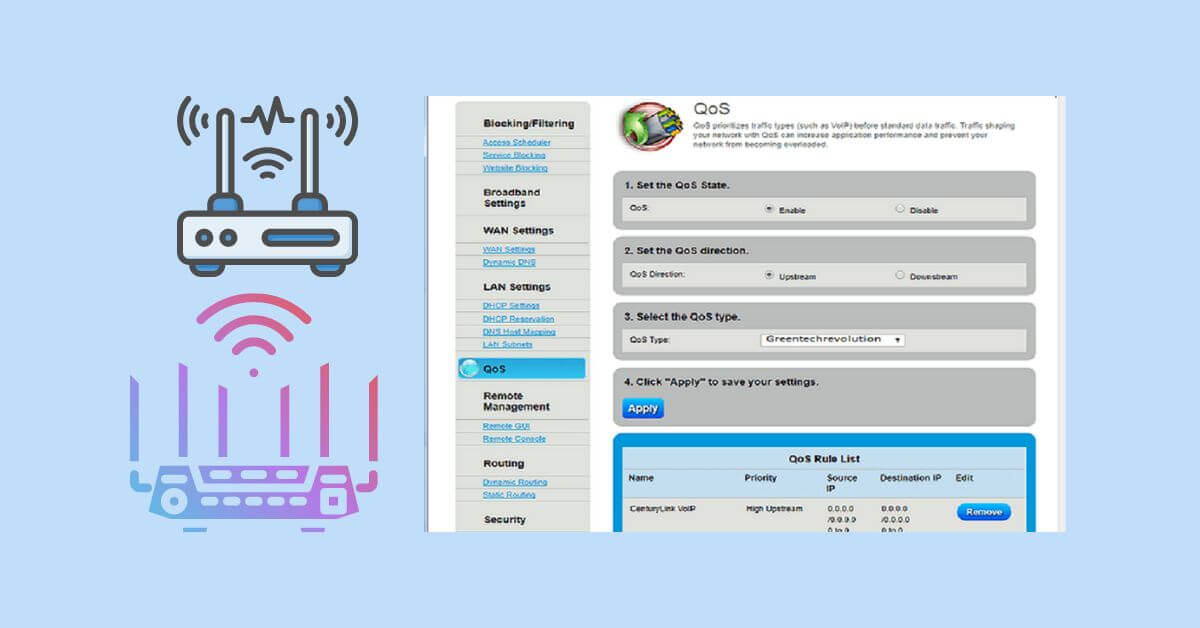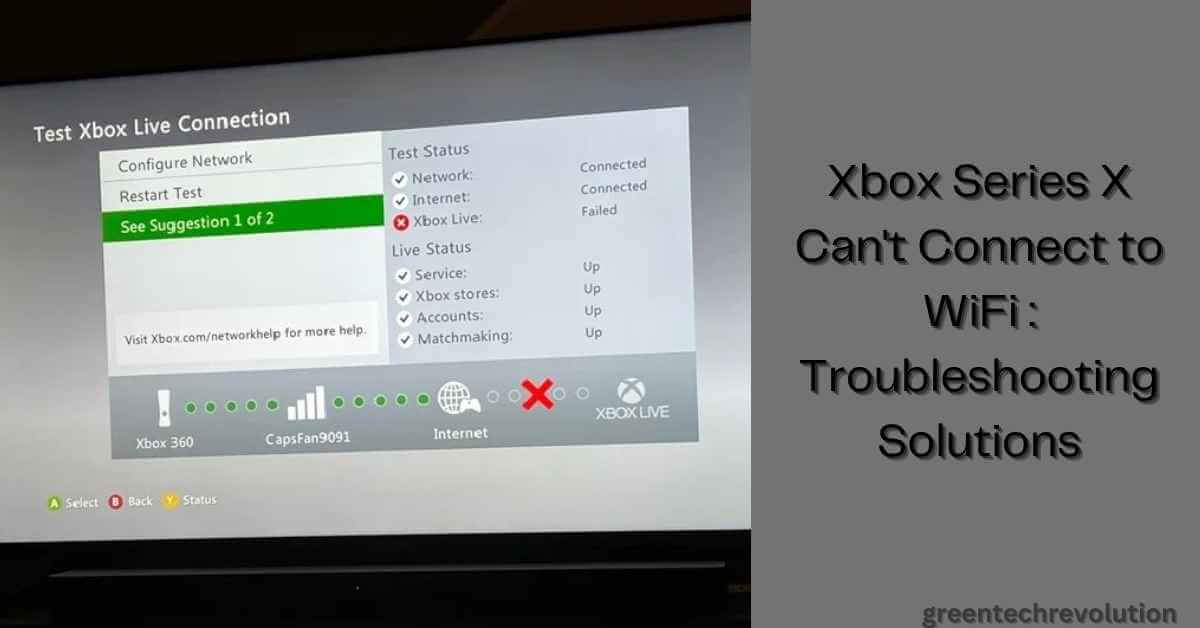Learn how to enable WPS button on Linksys router in just a few simple steps. If you have a Linksys router, you may be wondering how to enable the WPS button. WPS stands for Wi-Fi Protected Setup and it is a feature that allows you to connect your devices to your router wirelessly without having to enter a password. In order to use WPS, you will need to have a router that supports it and your devices will need to be compatible with WPS.
- The first step is to log into your Linksys router’s web interface
- Once you’re logged in, click on the “Wireless” tab near the top of the page
- On the Wireless page, scroll down to the “Wi-Fi Protected Setup (WPS)” section and check the box next to “Enable WPS
- Save your changes by clicking on the “Save Settings” button at the bottom of the page
Q: How Do I Enable WPS on My Linksys Router
If you are looking to add an extra layer of security to your home network, or you just want to make it easier for friends and family to connect to your Wi-Fi network, enabling WPS on your Linksys router is a great option. WPS, which stands for Wi-Fi Protected Setup, is a feature that allows users to easily connect to a wireless network by simply pressing a button on their router or entering a PIN. In this article, we’ll show you how to enable WPS on your Linksys router.
Enabling WPS on Your Linksys Router To enable WPS on your Linksys router, follow these simple steps:
1. Log into your router’s web interface. This can be done by typing http://192.168.1.1 into your web browser’s address bar and hitting Enter (assuming that 192.168.1.1 is the default IP address of your router). You should see a login page where you can enter your username and password (if you haven’t changed them from the defaults, they should be “admin” and “admin”).
2 . Once you’re logged in, find the section labeled “Wireless” (or something similar) and look for a sub-section labeled “WPS.” Click the checkbox next to “Enable WPS.” If there’s also an option labeled “Disable SSID Broadcast,” make sure that box is unchecked as well – otherwise, people won’t be able to see your Wi-Fi network when they try to connect wirelessly.
3 . That’s it! Save your changes and exit the web interface. Your router is now ready for WPS connections.
From Here, Look for the WPS Option And Enable It
If you want to enable the WPS (Wi-Fi Protected Setup) feature on your router, there are usually just a few simple steps that you need to follow. First, check your router’s documentation or user manual to see if it supports WPS. If so, look for the WPS button or option in the router’s web-based interface.
Once you’ve found it, simply turn on WPS and then select the type of security that you want to use. You’ll also need to choose a network name (SSID) and password. After that, just follow the instructions on your device to connect it to the new wireless network.
Once Enabled, You Will Be Able to Use the WPS Button on Your Router to Connect Devices Wirelessly
If you have a router with the WPS (Wi-Fi Protected Setup) button, you can use it to connect devices to your network without typing in a password. Here’s how: To connect a device using the WPS button:
1. Press the WPS button on your router.
2. Within 2 minutes, press the WPS button on your device. Your device is now connected to your network.
Final Thoughts
If you want to enable the WPS button on your Linksys router, you’ll need to follow a few simple steps. First, log into your router’s web-based interface. Next, locate the WPS section and click on the Enable button.
Finally, click Save and then reboot your router. Once your router has rebooted, the WPS button will be enabled and ready to use.









Leave a Reply
You must be logged in to post a comment.